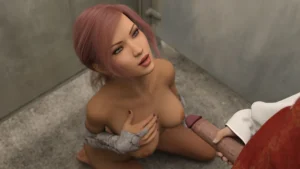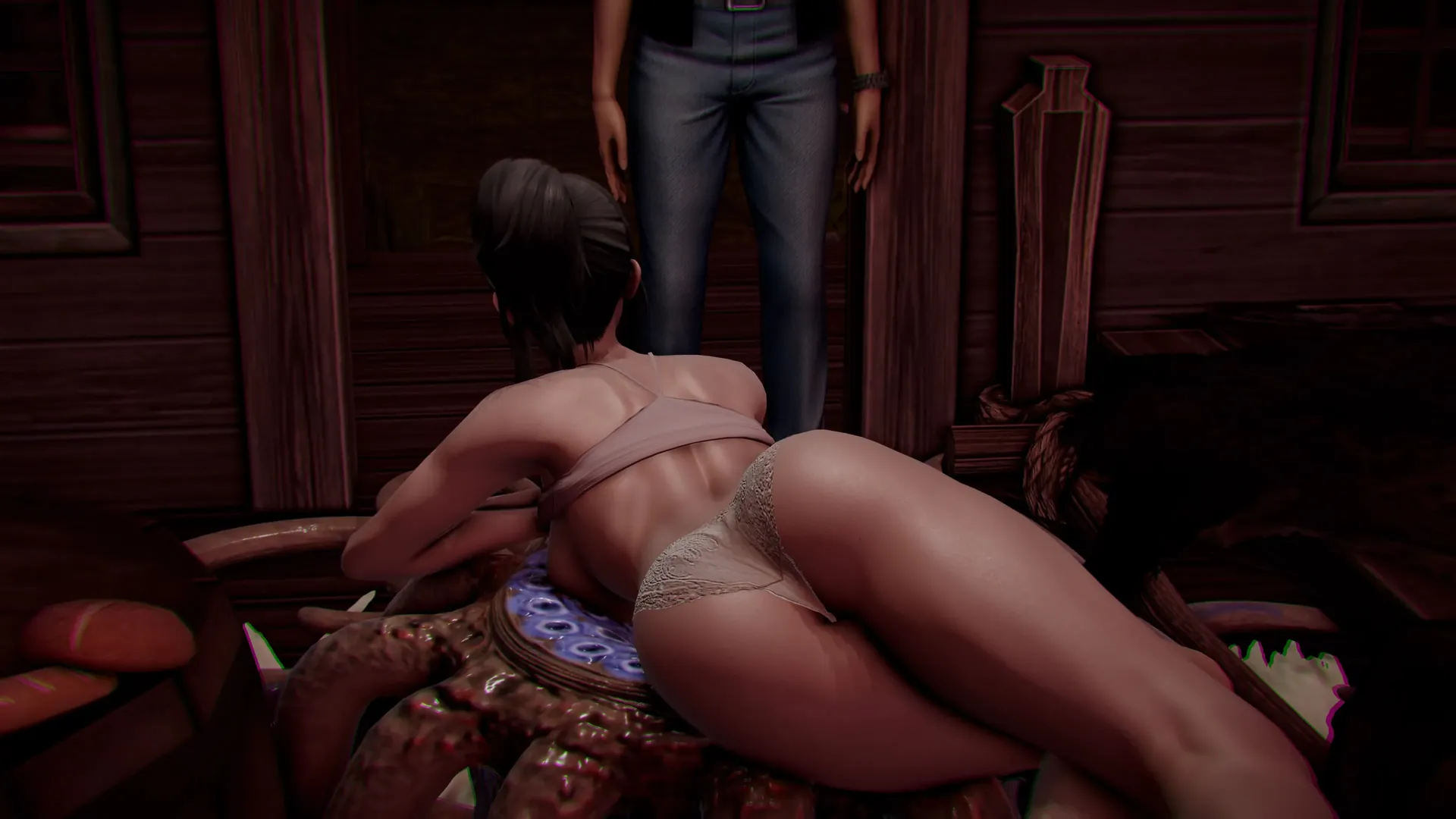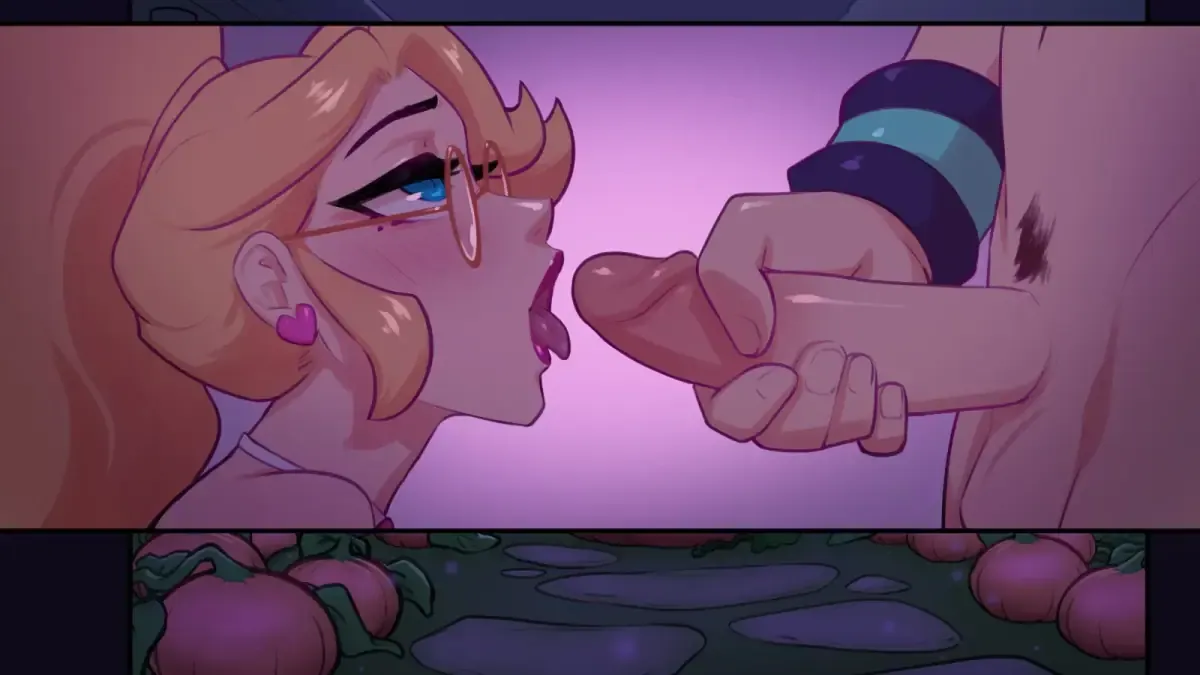
Play Returning to Mia
Returning to Mia review
Explore the immersive narrative, branching paths, and mature themes in this visual novel sequel
If you’re curious about Returning to Mia, you’re not alone. This visual novel sequel picks up two years after the events of Summer with Mia, plunging players back into a world of complex relationships, tough decisions, and emotional consequences. Developed by Inceton Games, Returning to Mia stands out for its rich narrative, branching storylines, and emphasis on player agency. Whether you’re a fan of the original or new to the series, this game challenges you to navigate loyalty, temptation, and the fallout of your choices. Let’s dive into what makes Returning to Mia a unique experience in the visual novel genre.
Story and Setting: What Makes Returning to Mia Unique?
Two years have passed since that unforgettable summer, and let me tell you – the Returning to Mia story hits differently. 🕰️ If you thought your journey was over, think again. This Summer with Mia sequel doesn’t just pick up where we left off; it drags you back into a world where every past decision casts a long shadow. I remember booting up the game, seeing my slightly older, more weary protagonist, and feeling an immediate sense of “oh, we’re not playing around this time.” The tone is more mature, the stakes feel personal, and the writing has evolved to match the characters’ growth. It’s a masterclass in how to craft a compelling Mia visual novel sequel that respects its origins while boldly forging a new path. This isn’t just a new chapter; it’s a reckoning.
A Continuation with Consequences
The genius of this Mia visual novel sequel lies in its direct connection to the past. The game doesn’t let you forget where you came from. 🧳 From the moment you start, you’re greeted with a brilliant recap feature, ensuring both new players and veterans are on the same page. But for those of us who lived through the first game, the emotional weight is immense. Your reunion with Mia is charged with all the history you built—or burned—two years prior.
What truly defines the Returning to Mia story is its unwavering commitment to consequence. The branching storyline is not a gimmick; it’s the core of the experience. I learned this the hard way. In my first playthrough, I assumed a choice I made in the original game—a minor white lie to avoid a difficult conversation—was long forgotten. I was wrong. That lie resurfaced hours into the new narrative, creating a rift of distrust that took significant effort to mend. This is where the promise that player choices matter is delivered in stunning, sometimes painful, detail.
The game’s structure masterfully weaves your past actions into the present narrative, creating a deeply personalized journey. The table below highlights how the narrative has evolved from its predecessor.
| Story Element | Summer with Mia | Returning to Mia |
|---|---|---|
| Protagonist’s Age & Maturity | Younger, more impulsive | Older, more reflective, dealing with past actions |
| Central Conflict | Building a new relationship | Repairing or redefining an existing one |
| Narrative Weight | Lighthearted with dramatic moments | Consistently mature, dealing with complex emotions |
| Player Agency | Choices build a relationship | Choices test the foundation of a relationship |
New Faces, Familiar Hearts
A sequel lives and dies by its cast, and the Summer with Mia sequel absolutely delivers. 👥 While the heart of the story remains your complex relationship with Mia, the introduction of compelling new characters is what truly expands the world and tests your resolve. These aren’t just background extras; they are fully realized individuals with their own motivations, backstories, and roles to play in your journey.
You might reconnect with Sarah, whose own life has taken unexpected turns, and her perspective on your situation can be a source of wisdom or conflict, depending on your previous interactions. Then there’s Alex, a charismatic and entirely new acquaintance who represents a completely different path and lifestyle. His arrival is a narrative catalyst, forcing you to question what you really want. The way these new characters interact with the established cast creates a dynamic and often unpredictable social web. Your loyalty to old friends is constantly measured against the allure of new connections, making every social interaction a meaningful part of the branching storyline.
Pro Tip: Pay close attention to your dialogue choices with every character, old and new. Even seemingly innocuous conversations can have ripple effects later on, locking or unlocking entire story branches.
Themes of Loyalty and Temptation
If the first game was about discovery, Returning to Mia is about commitment. The central themes of loyalty and temptation are woven into the very fabric of the Returning to Mia story. 💔❤️ This isn’t a simple fairy tale; it’s a raw look at what happens after the “happily ever after.” The game constantly presents you with situations that test your dedication. Are you the same person you were two years ago? Is the connection you built with Mia strong enough to withstand new challenges and new people?
The brilliance of the narrative is that temptation isn’t portrayed as purely villainous. It’s often wrapped in legitimate doubt, personal growth, and the seductive idea of a simpler, different future. The internal conflict you feel as a player is genuine. The game explores loyalty and temptation not as black-and-white concepts, but as shades of grey that force you to confront your own character and the consequences of your desires. This mature approach is what elevates this Mia visual novel far beyond typical genre conventions.
The ultimate proof that player choices matter comes from seeing how these themes play out. Let me give you an example from my second playthrough. I decided to play a character who was deeply conflicted and susceptible to temptation.
Early Game Choice: When a new character, Alex, invites your protagonist to an exclusive party, you have two main options:
1. “I can’t. I promised Mia I’d help her with something.” (Loyalty Path)
2. “It sounds exciting. I’ll be there.” (Temptation Path)
I chose option two, telling myself my character was just being social. This single decision triggered a cascade of events:
* Mia found out and felt hurt you broke a promise.
* This created emotional distance, making subsequent reconciliatory conversations more difficult.
* My relationship with Alex deepened faster, opening up entirely new scenes and dialogue options that were previously inaccessible.
* Later in the game, when faced with a major crisis, Mia referenced this moment of betrayal as a reason she was hesitant to trust me, fundamentally altering the emotional climax.
This one choice, made in a moment of curiosity, didn’t just change a line of dialogue; it altered the entire emotional trajectory of my playthrough. That is the power of the branching storyline in this game.
The Returning to Mia story succeeds because it understands that the most compelling drama comes from within. It uses its status as a Summer with Mia sequel not as a crutch, but as a foundation to build a more profound, more challenging, and ultimately more rewarding narrative. By introducing compelling new characters and centering its conflict on the universal struggle between loyalty and temptation, it creates a Mia visual novel experience that stays with you long after you’ve put it down. Your choices don’t just feel like they matter; they become the story.
Returning to Mia delivers a compelling, choice-driven narrative that stands out in the visual novel genre. Its focus on consequences, emotional depth, and mature themes offers a refreshing take for players seeking more than just surface-level storytelling. Whether you’re revisiting Mia’s world or discovering it for the first time, the game challenges you to reflect on loyalty, temptation, and the impact of your decisions. If you’re ready for a story that stays with you long after the credits roll, give Returning to Mia a try—and don’t forget to share your journey with fellow fans.





















